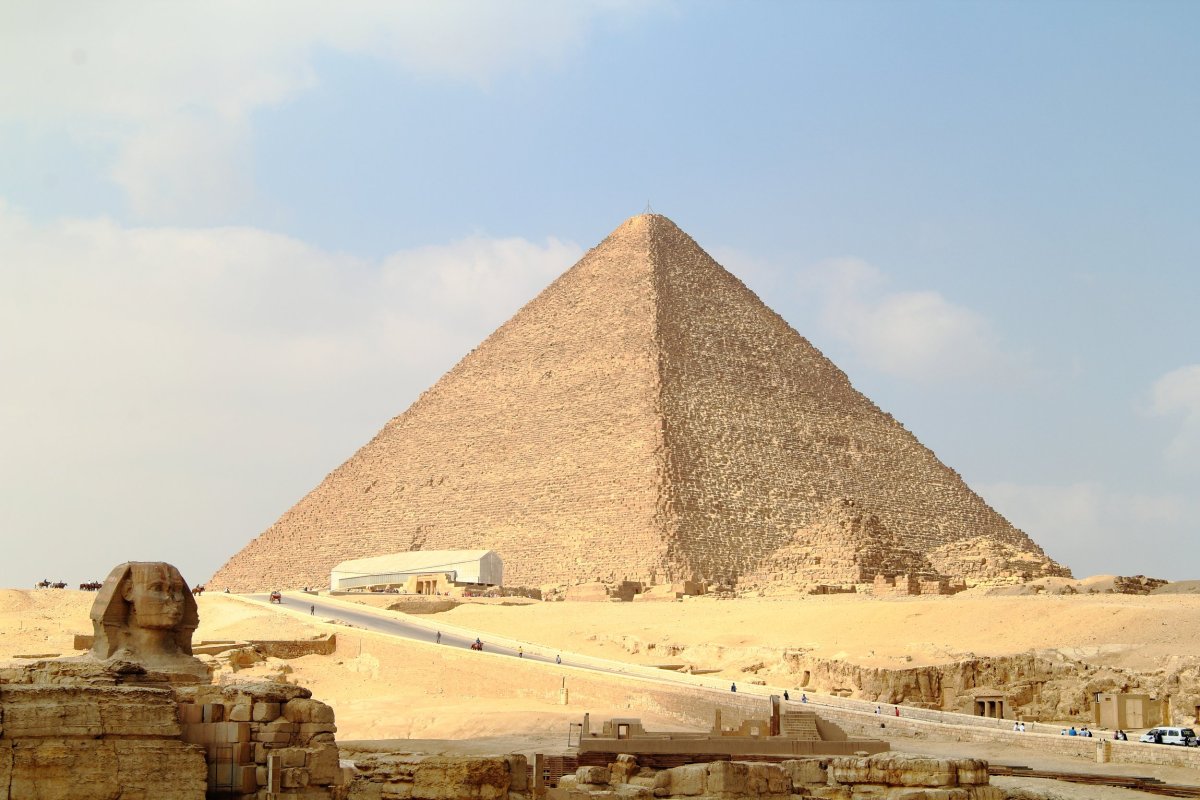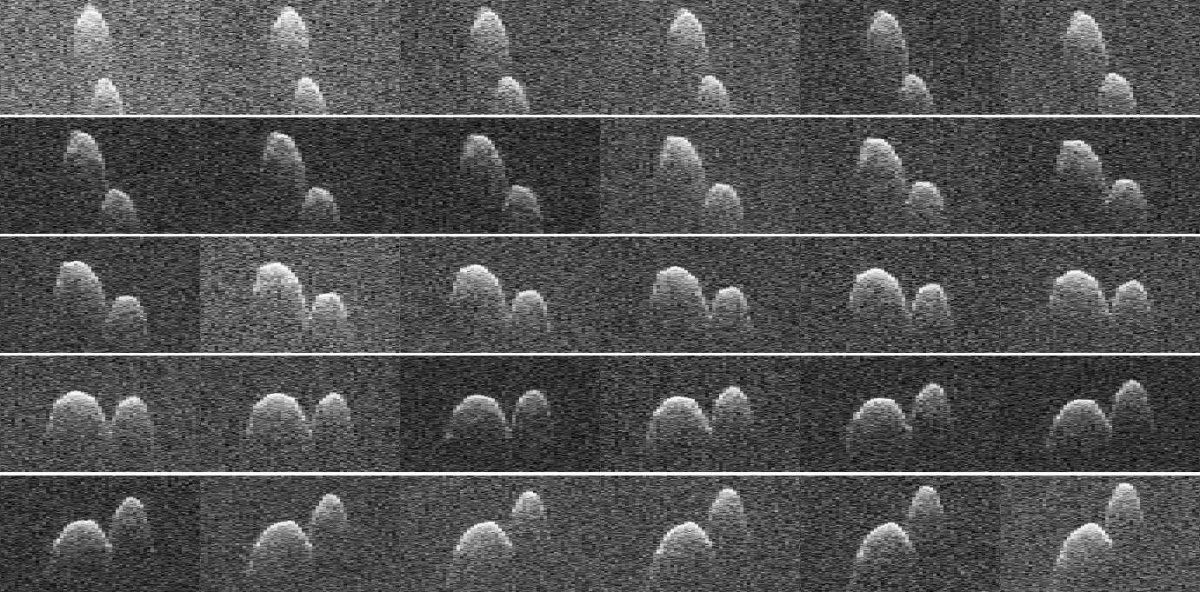An asteroid up to 1600ft in diameter is set to fly by Earth in the early hours of March 7. Named "2017 VR12", NASA has called the object "potentially hazardous."
But don't worry—the space rock shouldn't get closer than 900,000 miles from Earth. That's far enough to stay safe, and maybe even close enough to watch on a home telescope.
Larger than the Empire State Building?
It is difficult to work out an asteroid's size at great distance, but we can estimate. "The asteroid is a mere point of light in our telescopes: we cannot resolve its size that way," Paul Chodas, manager of the Center for Near Earth Object Studies (CNEOS) at NASA's Jet Propulsion Laboratory, told Newsweek.
Astronomers can guess the object's size from its brightness, but this can produce a wide range of results. A small but very luminous asteroid can look as bright as a larger but darker object.

As of 5.00 a.m. ET March 2, estimates from NASA's Jet Propulsion Laboratory and the International Astronomical Union's Minor Planet Center put 2017 VR12 somewhere between 490 ft and 1600 ft in diameter. This means it could outstretch the Empire State Building's 1450 ft height.
Even at its smallest estimate, the asteroid outstretches the Great Pyramid of Giza in Egypt, which, historians think, was a measly 480 ft tall (or 280 Egyptian Royal cubits) when first built.
At its largest, 2017 VR12 is not that big for a near Earth object. The largest two, Chodas said, are about 18.5 miles across—that's almost the size of Aruba. "I would characterize 2017 VR12 as "mid-sized", he added.

Rare opportunity for radar observation
Starting this weekend, astronomers will track the asteroid as it comes within the range of the Goldstone Solar System Radar in the Mojave desert and the Arecibo Observatory in Puerto Rico. This should lead to a better guess at its size, shape and surface. They might even snap an image of the object, Chodas said.
2017 VR12 represents a rare opportunity for astronomers—most near Earth objects are too distant to be within range of the radar, or too small to provide a detectable echo, Chodas explained.
Will I be able to see it?
Astronomers have a much better idea of the object's orbit than its size. Its close approach to Earth qualifies it as a "potentially hazardous asteroid" by NASA's standards. However, its orbit will keep it nearly four lunar distances from our planet.
Far enough to pass by safely, it's still a pretty close encounter with an asteroid of this size. It's so close, in fact, you may be able to watch it with a small home telescope.

It should make its closest approach to Earth at a speed of about 4 miles per second at 2.53 a.m. ET, give or take a minute.
"It will get as bright as about 12 magnitude, easily visible to northern hemisphere amateur astronomers with moderate-sized telescopes—perhaps even as small as six-inch telescopes," Chodas said.
Observers will still need a dark sky and a good ephemeris—a precise prediction of where exactly to point a telescope given the time and your location on Earth—he added.
If you don't have a telescope or you can't find a clear, dark sky, you can watch the asteroid pass by online. The Virtual Telescope Project will show a livestream of the asteroid's journey.
Uncommon Knowledge
Newsweek is committed to challenging conventional wisdom and finding connections in the search for common ground.
Newsweek is committed to challenging conventional wisdom and finding connections in the search for common ground.
About the writer
Katherine Hignett is a reporter based in London. She currently covers current affairs, health and science. Prior to joining Newsweek ... Read more
To read how Newsweek uses AI as a newsroom tool, Click here.








